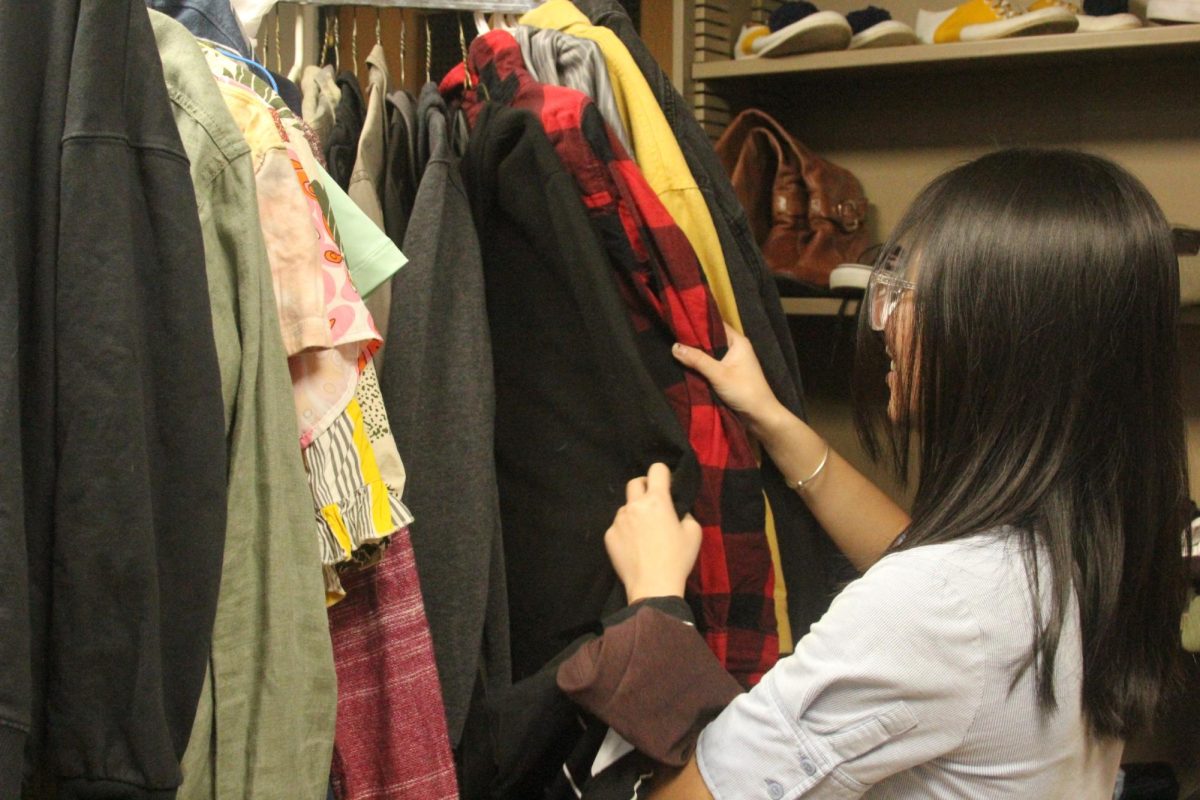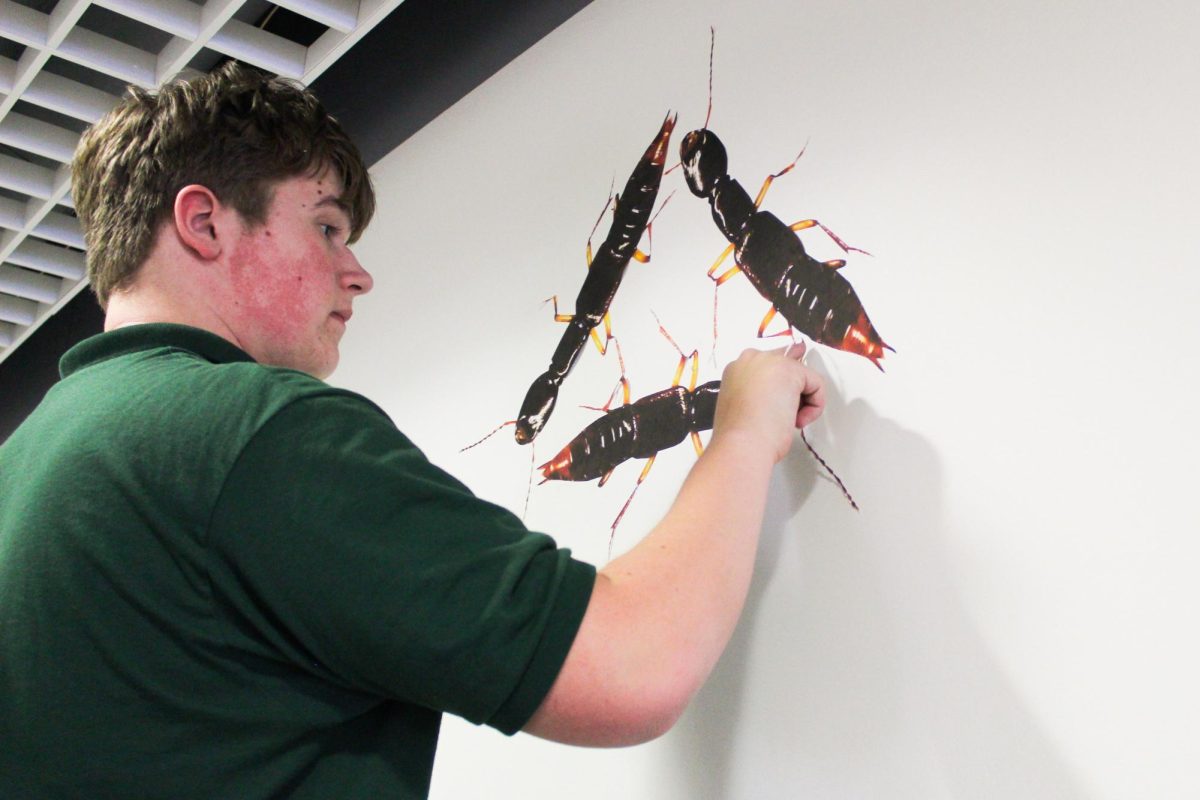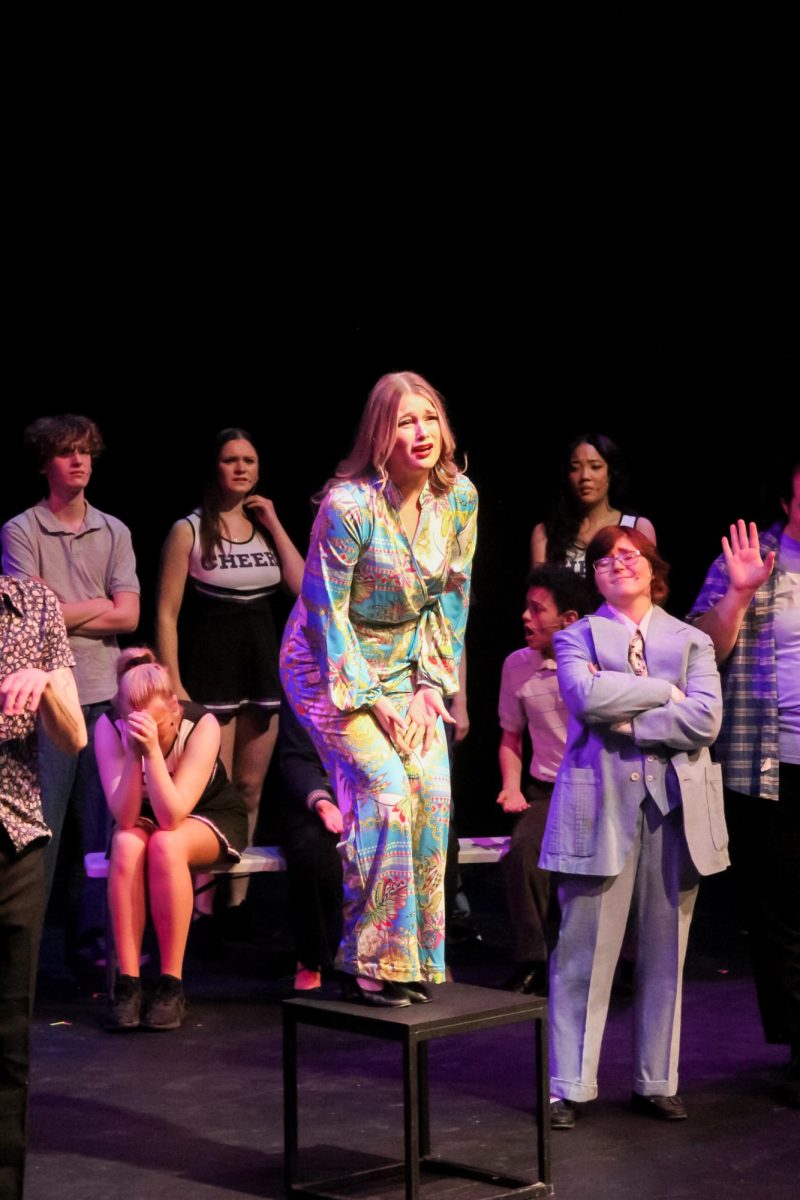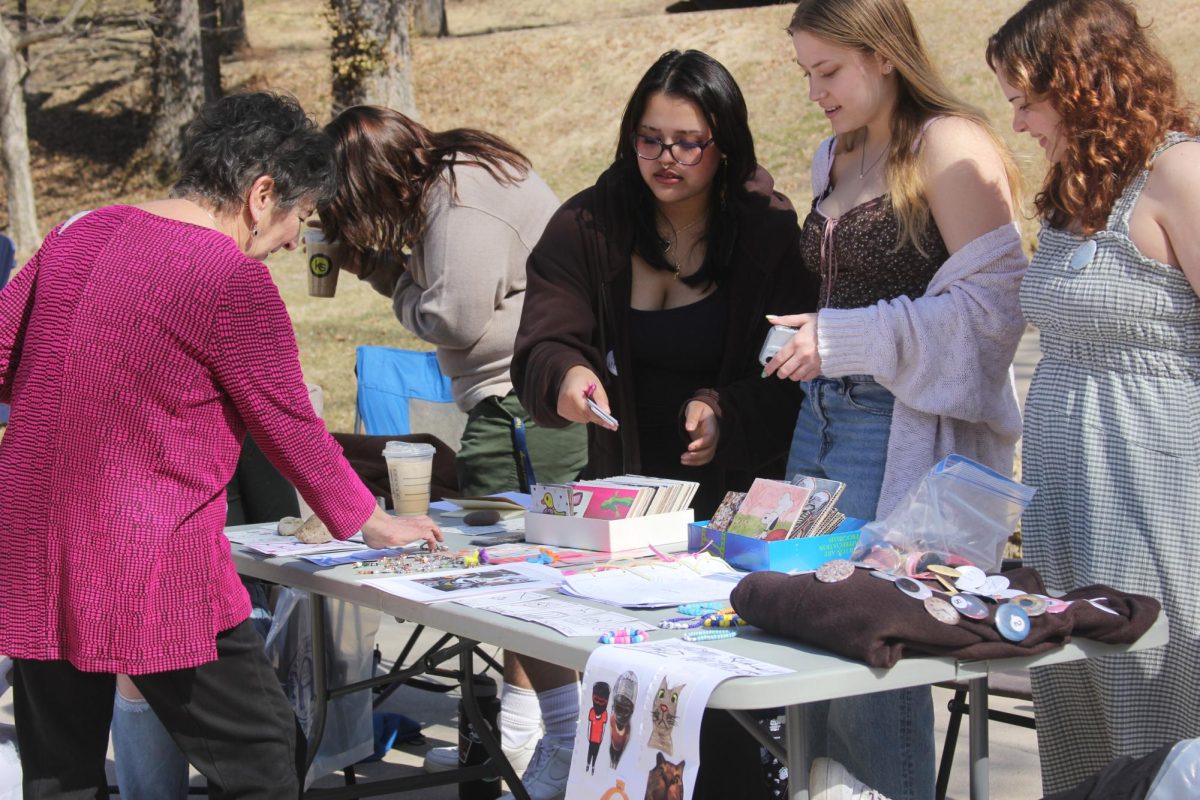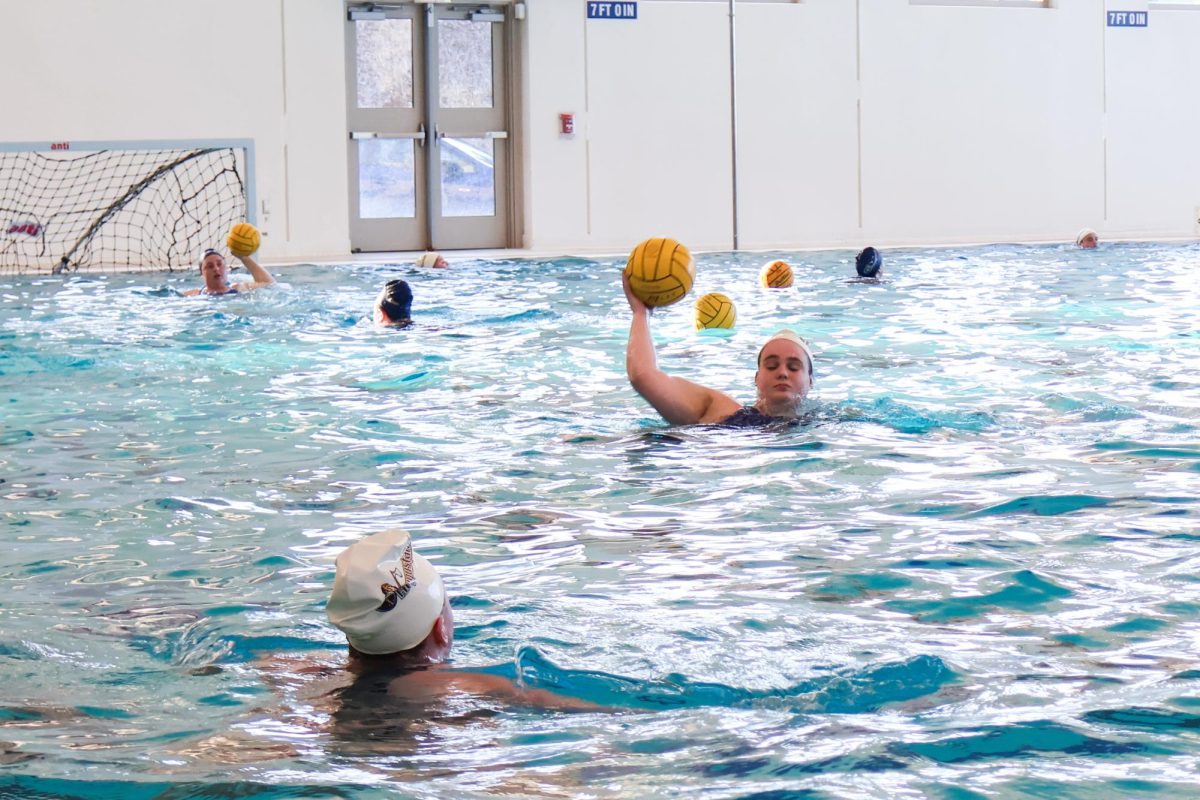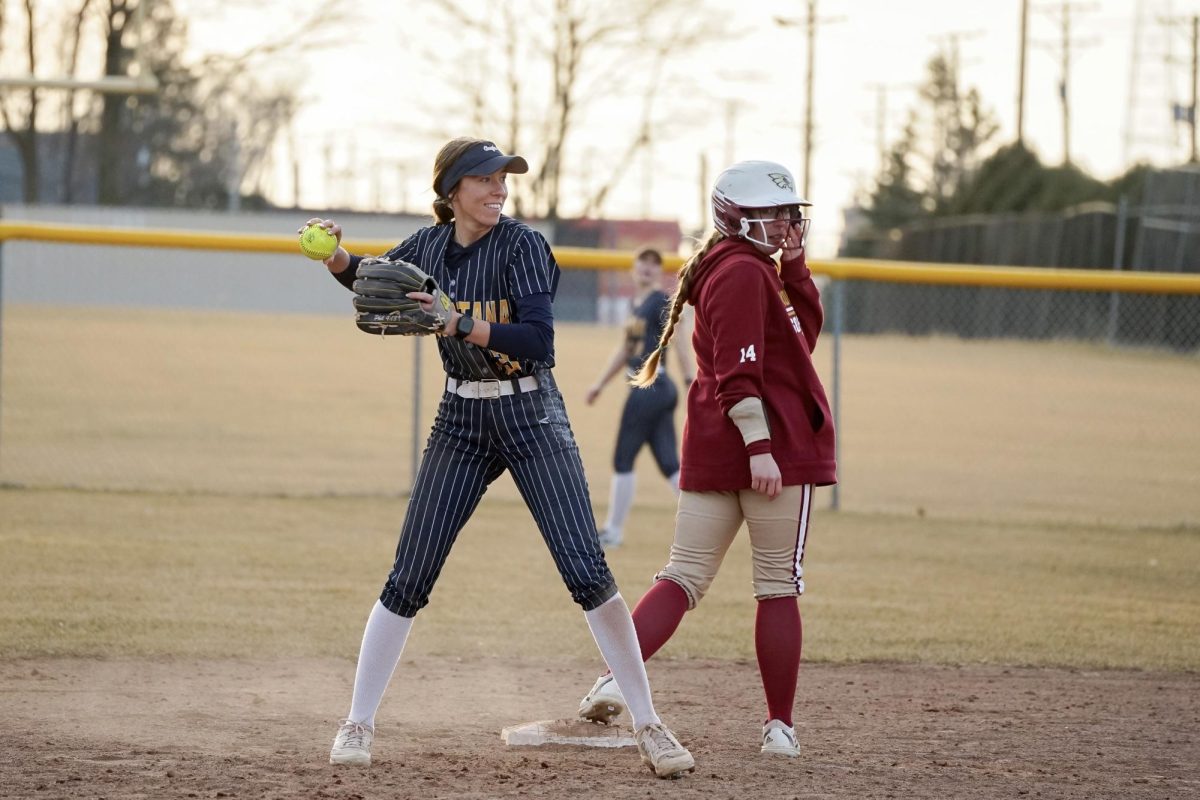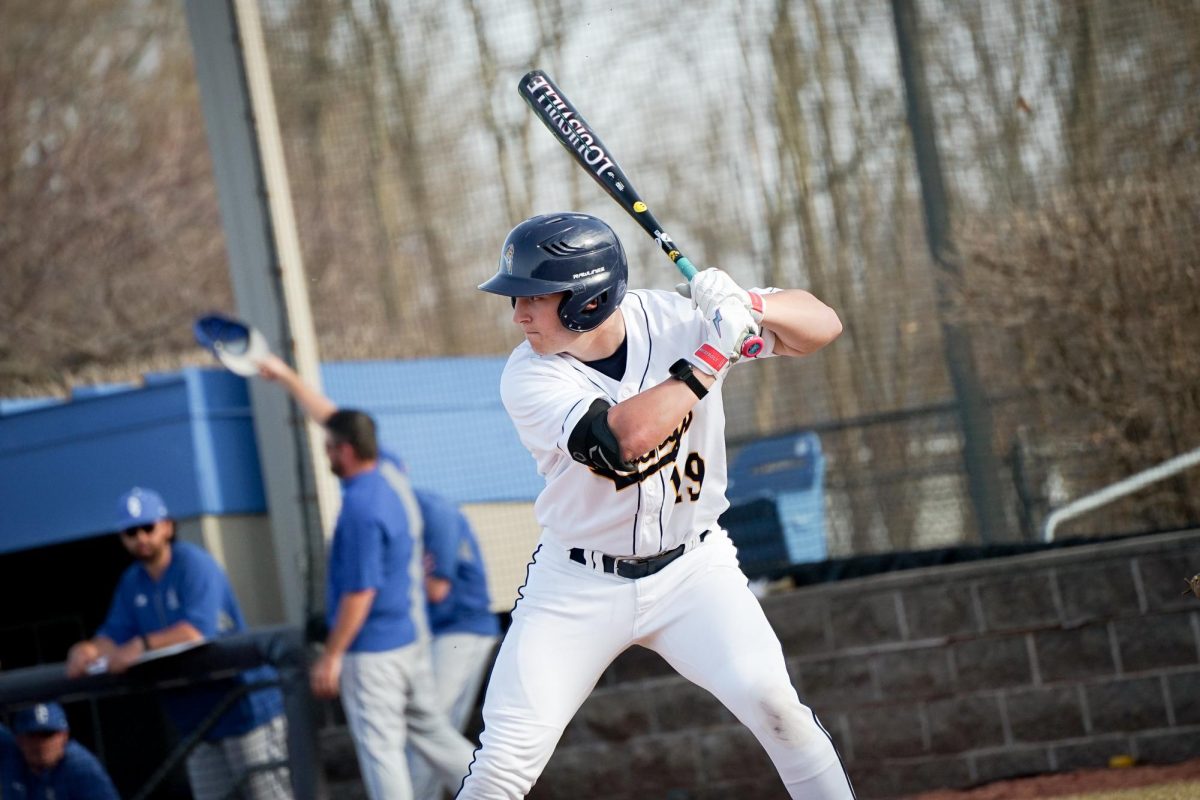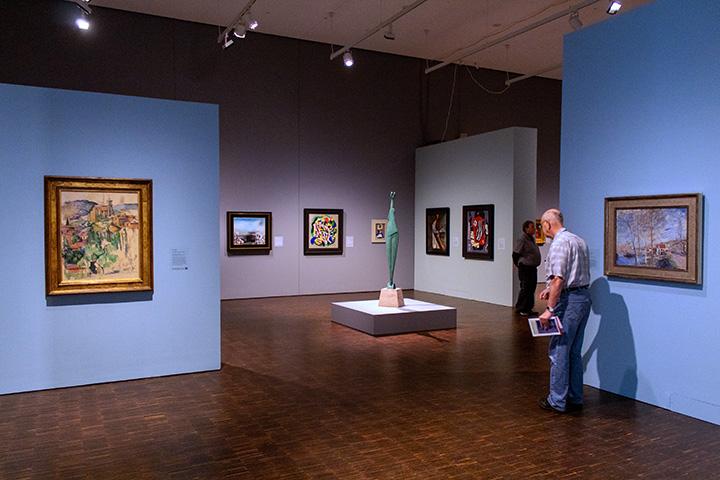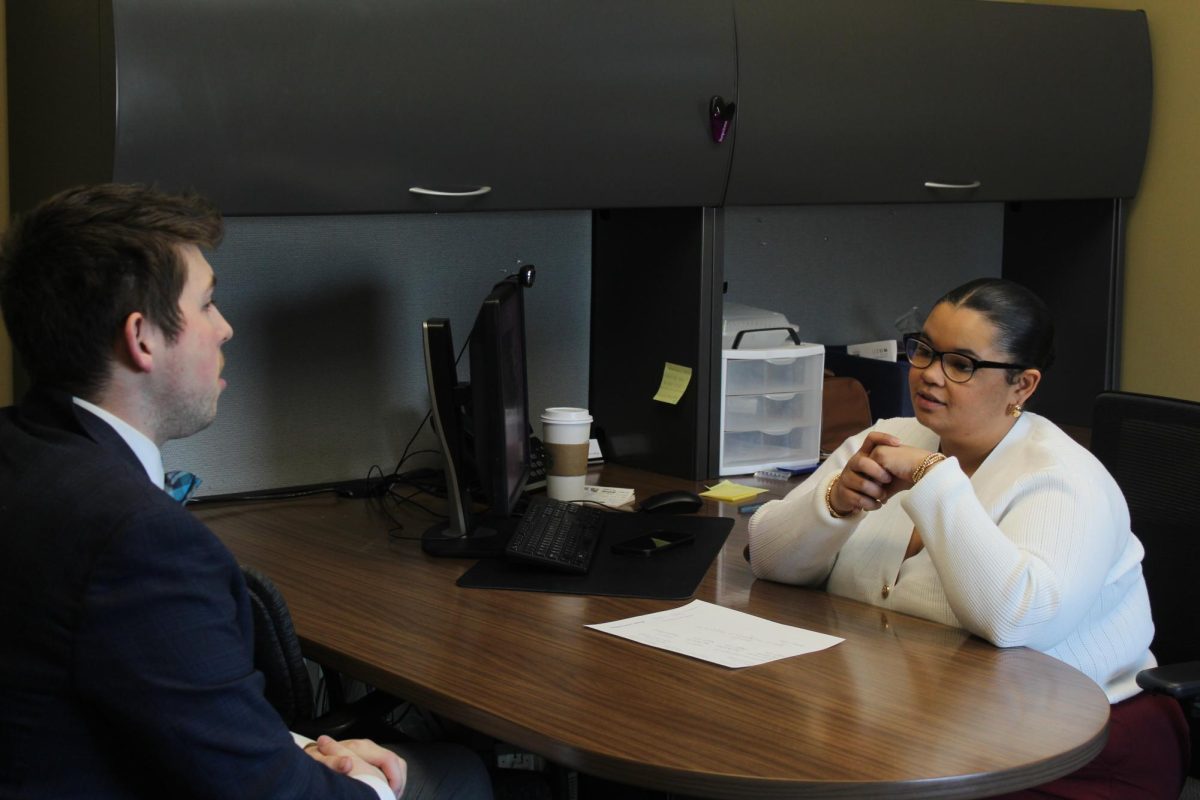The Quad Cities have a lot to offer, and proof of this can be found in its museums. Whether by reliving the experiences of immigrants and examining questions of identity and assimilation at the German American Heritage Center, immersing themselves in the arts at the Figge, or exploring science, literature and society at the Putnam, Augustana students who spend time in the Quad Cities have a lot to discover.
The German American Heritage Center
If you’ve driven to Davenport over the Centennial Bridge, you’ve seen the German American Heritage Center. It is the red brick building which rises from the corner of West 2nd Street, with a cheerful “Wilkommen” or “Welcome” curling above its door. Inside, it is warmly lit, and multiple Christmas trees glitter from an archway beyond the reception desk; they are part of an exhibit called “A Christmas Story”, created by the 7th grade class of the Creative Arts Academy of the Quad Cities. The entire third floor is devoted to an exhibit on the German Immigrant Experience. Every stage of that experience is documented here. In one corner is a small room representing those in which many German immigrants stayed on their first arrival, containing a bed, a dresser, a green chair in a window overlooking the Mississippi.
Although the museum itself was established in 1994, the building that houses it dates from the mid-1800s, when it was a guest house catering primarily to immigrants traveling west for the first time, as well as farmers coming into Davenport on business business. Despite changing hands many times, the building remained a guest house until it was purchased by the center’s founders. It was placed on the US National Register of Historic Places in 1993 and on the Davenport Register of Historic Properties in 1996.
“For anyone who’s coming into Iowa, it’s this building that welcomes people into the state,” said museum coordinator Samantha Turner in a phone interview. However, apart from its location, the museum has strong ties to the community it inhabits. The German Immigrant Experience exhibit is a testament to this, as most of the items on display were donated by members of German families in the area at the time or members of the board of directors.
Visitors to the center are excited about their connections with it. “My grandmother was German,” Sue Hakanson of Davenport said while visiting the museum with her family on Friday. Hawkinson had been to the center multiple times, but it was the Christmas exhibit which spoke to her most. “Being down there, it brought back all these memories of some of the thing she did – she made homemade peanut brittle, and she did quilting the old fashioned way, and had rugs made out of strips of cloth.”
Charles Smith of Bettendorf, who was also visiting with his family, saw his German heritage at the center as well. “My mother is German, and the Christmas display, that was very much what I did growing up, because we kept a lot of the German Christmas traditions.
“We appreciate having something that comes from his culture,” Burni Smith, his wife, added.
Apart from its patrons, the museum finds other ways to connect with the local community. “Davenport is still predominantly German, but demographics are changing, and we’re trying to find our place in that,” Turner said.
The center has a strong partnership with the Creative Arts Academy; in addition to designing the Christmas exhibit, they also created windows which transform the river-facing facade of the center into a giant Advent calendar. The center also welcomes volunteers and interns from surrounding colleges and universities like Blackhawk, Saint Ambrose, Western Illinois and Augustana.
Turner herself graduated from Augustana. “I know all about that Augie bubble and how easy it is to just stay on campus, because you have everything you need” she said, adding that it was her internship at the German American Heritage Center which pushed her out of that bubble.
As well as working with students, the museum has also worked with seniors, elementary schools and organizations like the Boy Scouts of America, the YMCA and the Handicapped Development Center. “Being connected with our community at every level is really important to us. And there’s always more that you can do” Turner said. The center’s small size makes it easy for visitors to connect with its director and curator as they inspect the exhibits.
Another part of what makes the center unique is the group it has made its mission to remember. “We are a place where we can remember a very specific part of the past,” Turner said. “We really focus on the immigrant experience and that’s always something you can learn from. We can keep that history and those lessons, which are still so relevant today, at the forefront of our minds.”
She alluded to the part of the immigrant exhibit which discusses WW1 and the backlash German immigrants faced in America. “There was so much that was relevant today; it’s just a different group of people who are facing the backlash. And that’s something you’re very aware of at our center.”
The Putnam Museum and Science Center
The exhibit space is teeming with literary heroines. Elizabeth Bennet of Pride and Prejudice, Tita de la Garza of Like Water For Chocolate, Lily and Snow Flower of Snow Flower and the Secret Fan, along with many others, are represented by mannequins swathed in era-appropriate clothing. They are surrounded by details – onions, candlesticks, volumes from 1836 entitled “The Beauty of Female Holiness”. None of them have faces.
“I think that when you read the book you have a picture of what they look like, and someone else putting a face on them would change that,” Bridget Russell of Moline said as she walked around the Literary Heroines exhibit with her family. “I’ve read quite a few of these books and not having a face on these lets me keep that picture.”
“This was just a nice surprise; we didn’t even know it was here,” she added, referring to the exhibit. “It’s terrific – we’ll definitely be coming back.”
Families like Russell’s will have no shortage of things to see at the Putnam. “We have something for everyone, from history to science, and everything in between,” said Christine Chandler, the museum’s curator of natural science. “Whether you like hands-on experiences or prefer a more traditional meander through exhibits, the Putnam provides a wide range of experiences through exhibits, programs, movies, etc. There is always something new to see or do here.”
According to Chandler, the Putnam was established on 14 December 1867 as the Davenport Academy of Natural Sciences. In 1974, the museum gained accreditation from the American Alliance of Museums, and was awarded reaccreditation earlier this month. A giant-screen 3-D theater was opened in the museum in 2002, and a science center designed to promote STEM literacy and learning in the region followed in 2014.
“Education is a major part of our mission,” Chandler said. “We work closely with school districts on both sides of the river to provide meaningful experiences to their students, whether they’re here for a few hours or spending a week with us.” Additionally, the museum often loans objects from its collections for display at local institutions, or send its curators to host outside programs.
The museum has faced its fair share of challenges, such as the 2015 termination of the the W.C. Putnam Estate Trust and the Putnam Memorial Fund, on which it relied for a century, as well as the low attendance rates generated by a few recent traveling exhibitions. Nevertheless, Chandler says being able to contribute to a visitor’s understanding of science and history is highly rewarding. “There are long hours, and often the wish that I had another set of hands, but the reward of seeing students’ faces light up when you walk in with a huge alligator skull is worth it,” she said.
The Figge Art Museum
The Figge Art Museum first took shape when former Davenport mayor Charles Ficke left his entire personal art collection to the city in 1925, on the condition that it would be used to open and run an art museum. Consequently, the Figge was operated and owned by the city of Davenport until 2003, and many of the works in its permanent collection still belong to the city. As an accredited art museum, the Figge is able to bring higher-profile exhibitions to the Quad Cities as well as having gallery space available.
According to executive director Tim Schiffer, one of the Figge’s current exhibitions, titled “French Moderns: Monet to Matisse , 1850 – 1950”, is the most well-known show the museum has hosted since he joined the Figge six years ago. “We try to bring a in variety of works of both historical and contemporary art,” Schiffer said. “We also try to show artists from this region, as well as works that are relevant to it, as well as shows that educators of all levels will find useful.”
About 5000 local students from K-12 to college visit the museum each year. The museum also runs an outreach program targeting local K-12 classrooms, reaching 30,000 students a year. Interns from local colleges periodically join the Figge; they are primarily graduate students from Western Illinois University’s museum studies program, although some have been Augustana students. “As an intern in a smaller museum, you’re likely to be given more responsibility and that’s a great opportunity.” Schiffer said.
Although the Figge is a non-profit, and fundraising is a concern, Schiffer believes there are other challenges. “I think that museums are always working to stay relevant to their audiences. The kind of things that we offer have to change, and I think that’s always a challenge.”
“I hope that students will think of the Figge as ‘their museum’” Schiffer continued. “They can come back, they can get to know the collections. It’s very accessible.” He referenced the museum’s Thursday evening programs, which are free to non-members after 5pm. “It’s a great place to come with friends – take a break, look at art, go to a lecture or a musical program or a cinema night. It’s a great way to get out of your routine and learn something new.”
Photo: Visitors look at artwork inside the Figge Art Museum. Photo by Ian Murrin.
Categories:
Discovering the Quad Cities through its museums
November 29, 2018
0
Tags:
More to Discover
